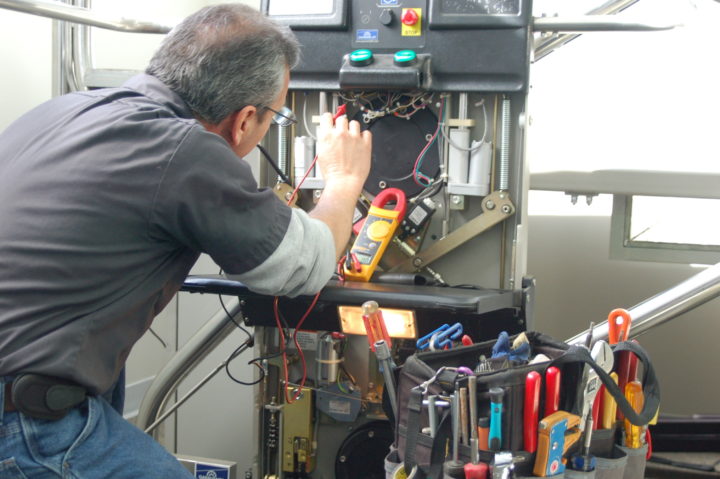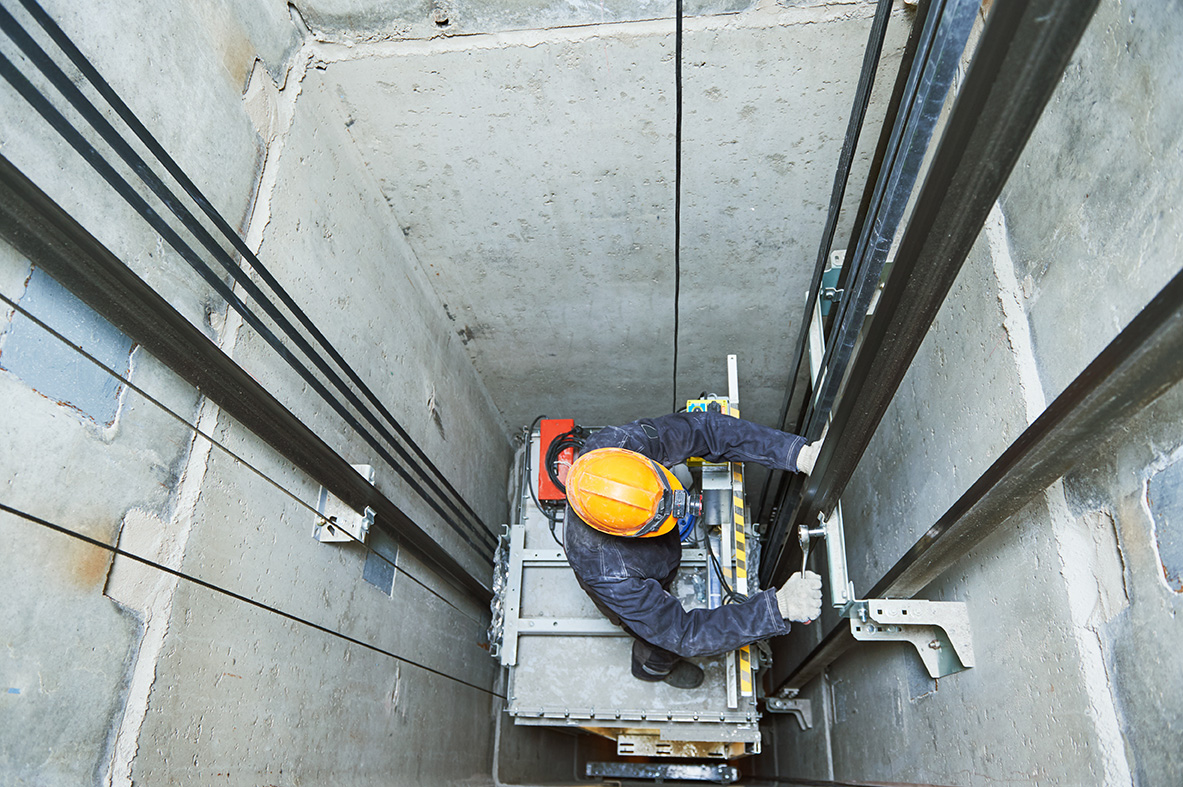Ideal Lift Maintenance Company Options Near Me for Expert Lift Repairs
Ideal Lift Maintenance Company Options Near Me for Expert Lift Repairs
Blog Article
Comprehensive Guide to Lift Solutions and Their Maintenance
Browsing the elaborate globe of lift systems and their maintenance is a task that requires accuracy and expertise. From the different types of lift systems in usage to the precise adherence to security policies, the upkeep of these upright transportation gadgets is a complex venture.
Types of Elevator Solutions
Lift systems come in numerous kinds, each created to match particular structure demands and user requirements. The most common types consist of hydraulic elevators, traction elevators, machine-room-less elevators, and vacuum cleaner elevators. Hydraulic lifts are suitable for low-rise buildings and make use of a hydraulic piston to relocate the lift auto. Traction elevators, on the various other hand, are a lot more fit for skyscrapers and utilize steel ropes and weights to relocate the vehicle. Machine-room-less lifts are a space-saving option as they do not call for a separate equipment space for the elevator machinery. Vacuum cleaner lifts, a more modern-day development, use air stress differentials to relocate the car within a clear tube.
Each kind of elevator system has its very own advantages and drawbacks, making it important for building owners and programmers to carefully consider their certain demands before picking the most ideal choice. Factors such as building elevation, space schedule, power effectiveness, and spending plan constraints all play a substantial function in establishing the finest elevator system for a certain building.
Common Maintenance Issues
Routine upkeep of elevator systems is important to make sure smooth procedure and prolong their life expectancy. Despite routine upkeep, lift systems can still run into typical upkeep problems that need to be immediately resolved to stop disturbances in solution. One of one of the most frequent problems is door breakdowns. Lift doors may get misaligned, causing issues with opening and closing appropriately. This can trigger hold-ups and security risks, needing prompt interest from maintenance professionals. An additional usual problem is associated to the elevator's leveling accuracy. If the elevator does not line up appropriately with the floors, travelers may experience tripping dangers and pain. Furthermore, concerns with the control system, such as sensor issues or electrical concerns, can trigger the lift to malfunction or stop working altogether. Normal assessments and aggressive maintenance can help recognize and fix these usual maintenance concerns prior to they rise and affect the total performance of the elevator system.
Security Rules and Conformity
Complying with stringent safety and security regulations and making certain conformity with sector requirements are vital for preserving the Full Report operational integrity of elevator systems. Lifts undergo a comprehensive set of safety regulations to secure guests, upkeep workers, and the general public. Regulatory bodies such as the Occupational Safety And Security and Wellness Administration (OSHA) in the USA and the European Lift Organization (ELA) in Europe establish standards that cover numerous facets of elevator layout, procedure, setup, and maintenance.
Conformity with these laws is not only a legal need but also a moral responsibility for building proprietors and elevator upkeep firms. Normal assessments, upkeep checks, and adherence to security methods laid out in the guidelines are important to make certain the effective and risk-free procedure of lift systems.
Best Practices for Upkeep

Building owners ought to additionally take into consideration spending in modernization upgrades to improve the effectiveness and safety of their lift systems. By complying with these finest practices, lift systems can run smoothly and safely, giving reputable upright transport for passengers.

Advanced Technologies for Effectiveness
Applying advanced technologies in elevator systems can dramatically improve functional effectiveness and guest experience. These systems allow guests to input their preferred floor before getting in the elevator, which then guides them to great site the most reliable car.
Additionally, the integration of clever sensors and anticipating upkeep capabilities has actually changed elevator maintenance. These sensing units can discover prospective problems prior to they escalate, making it possible for proactive maintenance interventions and reducing downtime. In addition, the use of energy-efficient components and regenerative drives assists lower power intake and operating expense in lift systems.
Moreover, the application of cloud-based surveillance and remote diagnostics enables real-time tracking of lift efficiency and immediate troubleshooting of any kind of breakdowns. This proactive approach not just enhances system dependability however additionally boosts the total customer experience by making certain continuous and smooth elevator procedures.
Verdict
To conclude, recognizing the various sorts of lift systems, usual upkeep concerns, safety guidelines, ideal upkeep practices, and advanced innovations for effectiveness is critical for ensuring the smooth procedure of elevators. By sticking to safety and security regulations and carrying out ideal practices for maintenance, structure proprietors can lengthen the life expectancy of their lift systems and guarantee the safety of travelers. It is essential to remain upgraded on the most up to date developments in lift technology to enhance efficiency and integrity.
The most typical types consist of hydraulic elevators, grip lifts, machine-room-less elevators, and vacuum cleaner elevators. Hydraulic lifts are ideal for low-rise buildings and use a hydraulic piston to move the elevator automobile. Machine-room-less elevators are a space-saving option as they do not require a separate machine room for the lift machinery. Routine go now evaluations and proactive upkeep can help recognize and resolve these typical maintenance problems prior to they escalate and impact the general efficiency of the lift system.

Report this page